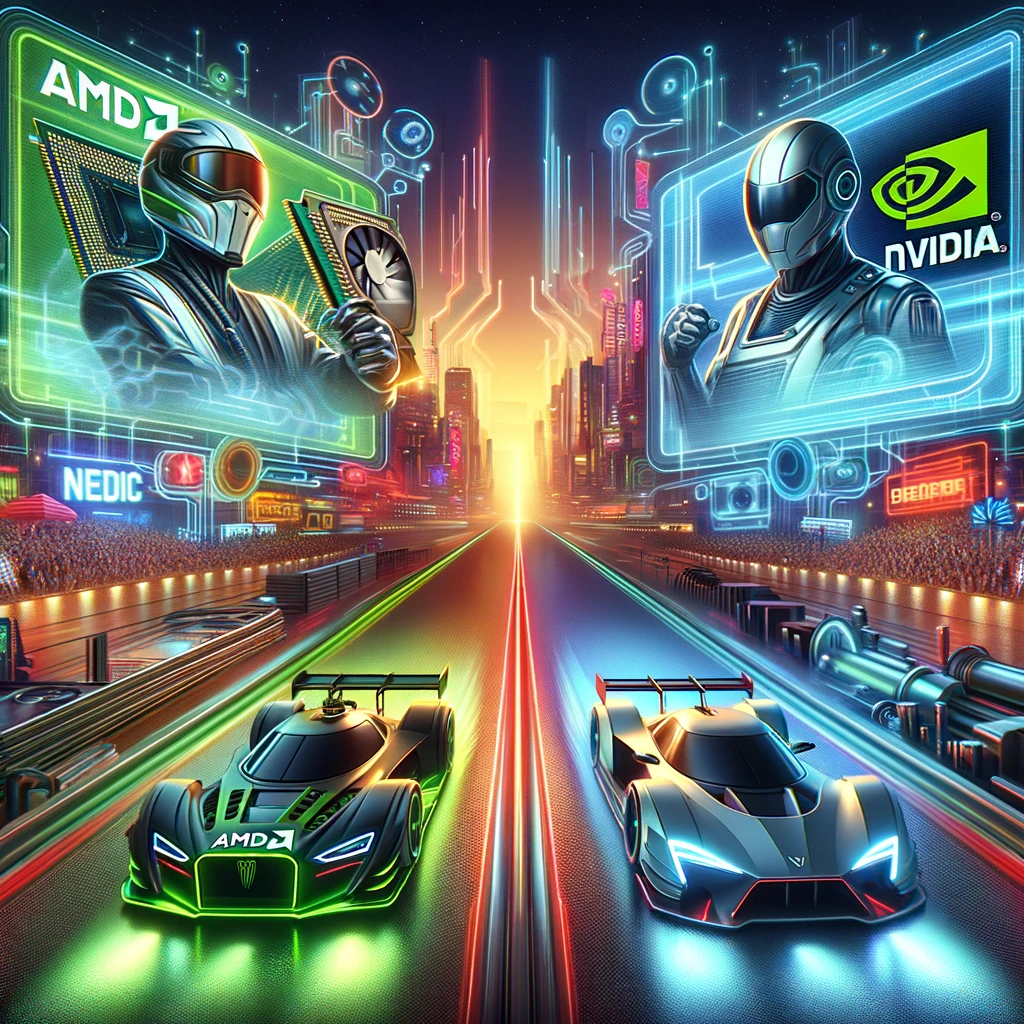The technological landscape is witnessing a rapid evolution, with AMD and NVIDIA engaged in a fierce competition in the AI sector, and AMD’s upcoming Ryzen 8000G APUs marking a significant step forward in desktop computing.
The AI Power Struggle: AMD vs. NVIDIA
Recently, AMD responded to NVIDIA’s claims about the superiority of their H100 TensorRT-LLM AI chips. AMD’s Instinct MI300X GPU, when running optimized software, reportedly surpasses the performance of NVIDIA’s Hopper H100, even when the latter uses its optimized TensorRT-LLM libraries. AMD’s benchmarks, focusing on a fair comparison using the vLLM for both chips, reveal that the MI300X offers up to 30% faster performance than the H100. This development underscores the escalating rivalry in the AI space, highlighting the importance of software optimization in leveraging hardware capabilities.

TSMC’s Role in the AI Chip Race
TSMC, a key player in this race, is aggressively expanding its CoWoS packaging facilities to support the production of these next-gen AI chips for both AMD and NVIDIA. This expansion not only reflects the growing demand for advanced AI capabilities but also the critical role of manufacturing prowess in the competitive landscape of AI technologies.
Ryzen 8000G: A New Era for Desktop APUs
Shifting to desktop computing, AMD’s upcoming Ryzen 8000G “Hawk Point” Desktop APUs, confirmed by ASUS, are set to redefine performance standards. These APUs, utilizing Zen 4 core architecture for the CPU and RDNA 3 core architecture for the graphics, represent a significant leap in integrated desktop computing. The flagship Ryzen 7 8700G APU and its counterparts offer a blend of high core counts, impressive clock speeds, and advanced graphics capabilities, catering to both power and efficiency needs.
The Ryzen 8000G series will include multiple SKUs, each tailored to different power and performance requirements. These range from the high-end Ryzen 7 8700G with 8 cores and 16 threads to the more modest Ryzen 3 8300G. Each APU offers unique specifications, including varied clock speeds and TDPs, highlighting AMD’s commitment to versatility and user-centric design. The inclusion of the NPU in certain higher-end models also marks a foray into AI-accelerated computing for desktop processors.
As AMD and NVIDIA continue to push the boundaries of AI computing, the industry can expect more innovations and breakthroughs. The competition not only drives technological advancements but also ensures a diverse and vibrant market, offering consumers enhanced capabilities and performance. In the desktop APU segment, AMD’s Ryzen 8000G series is set to offer a compelling combination of CPU and GPU power, potentially shaping the future of integrated desktop computing.
In the dynamic world of AI and computing, AMD and NVIDIA’s ongoing rivalry and AMD’s upcoming Ryzen 8000G APUs signify a period of significant change and growth. These developments are not just a testament to the companies’ technological prowess but also a promise of an exciting future in both AI and desktop computing realms.










